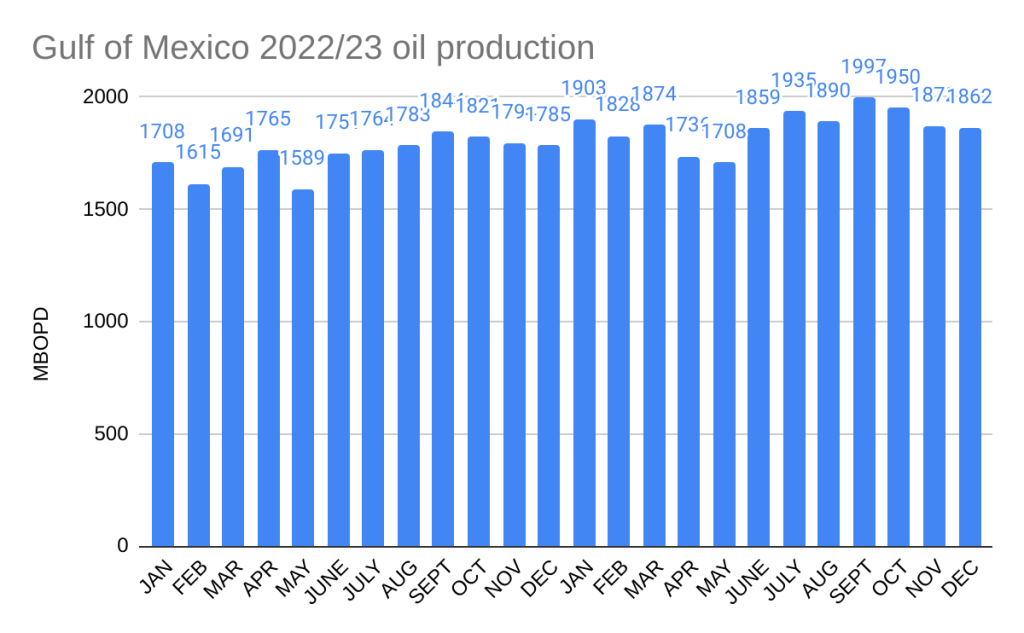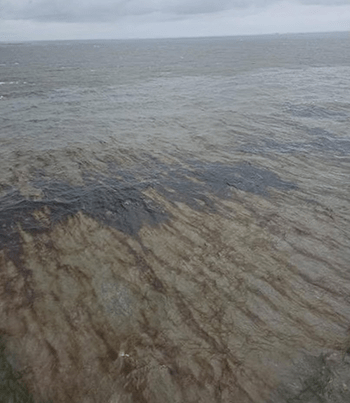Nord Stream AG has responded to their insurers’ “a goverment did it, so we don’t have to pay” defense. Nord Stream’s full response, courtesy of Swedish engineer Erik Andersson, a leader in seeking the truth about the the pipeline sabotage, is linked.
Key excerpts from the Nord Stream AG filing (p.5):
(a) On their proper construction, in the context of Exclusion 2.i as a whole, the words “destruction of or damage to property by or under the order of any government or public or local authority” relate only to destruction or damage that arises out of or is related to the confiscation, nationalisation or requisition of therelevant property (and/or attempts thereat). In the premises, those words do not apply to the Damage.
(b) Alternatively, in the event that the Defendants establish that the Damage does constitute destruction of or damage to property by or under the order of any government, then it is therefore covered by the Deliberate Damage clause because it would have been “loss, damage, liability, cost or expense caused or inflicted by order of any governmental or regulatory body or agency” and Exclusion 2(i) to Section I does not apply: paragraphs 8 and 9.2 above are repeated.
If the insurers contend that one or more governments were responsible, shouldn’t they have to identify the government(s)? That would be nice. However, Erik doesn’t think the Nord Stream AG response puts the insurers in that politically difficult position. I agree. This case is about getting the insurers to pay for the damages, not identifying the responsible parties, something that the Swedes, Danes, and Germans have shied away from.









